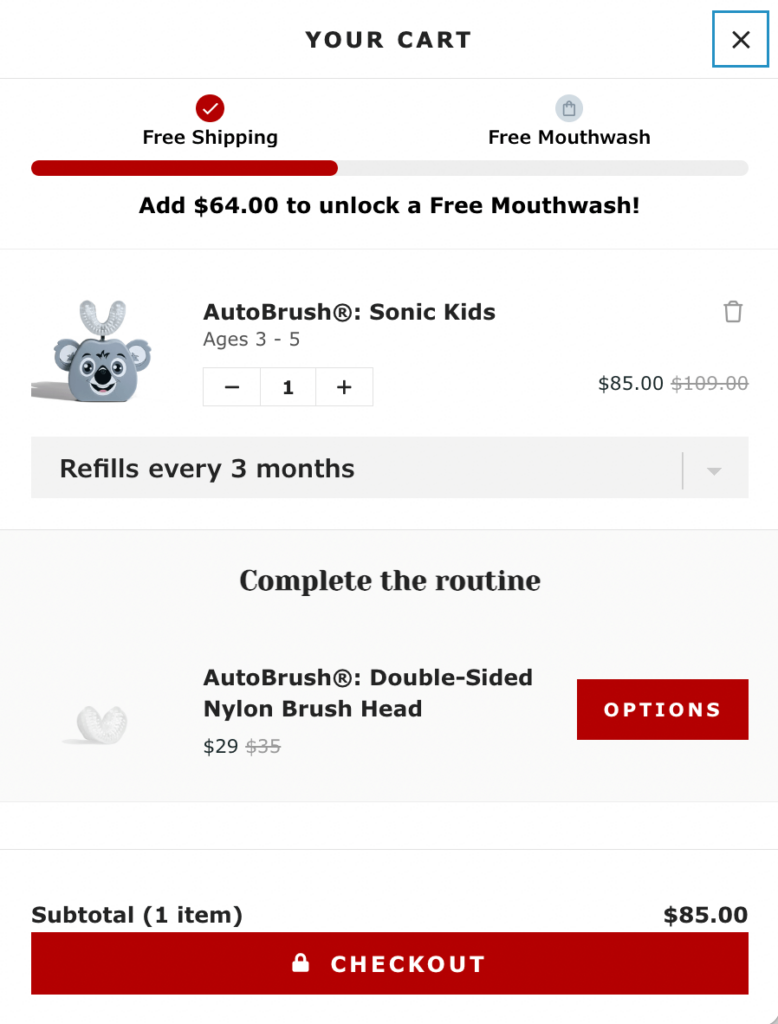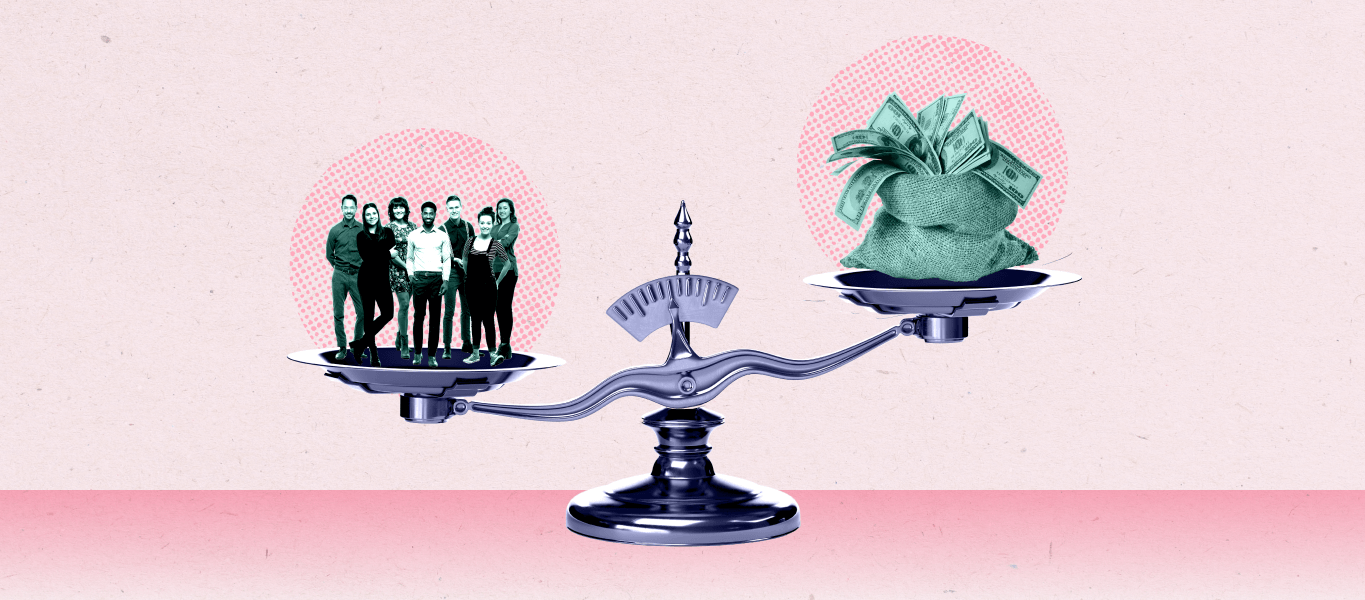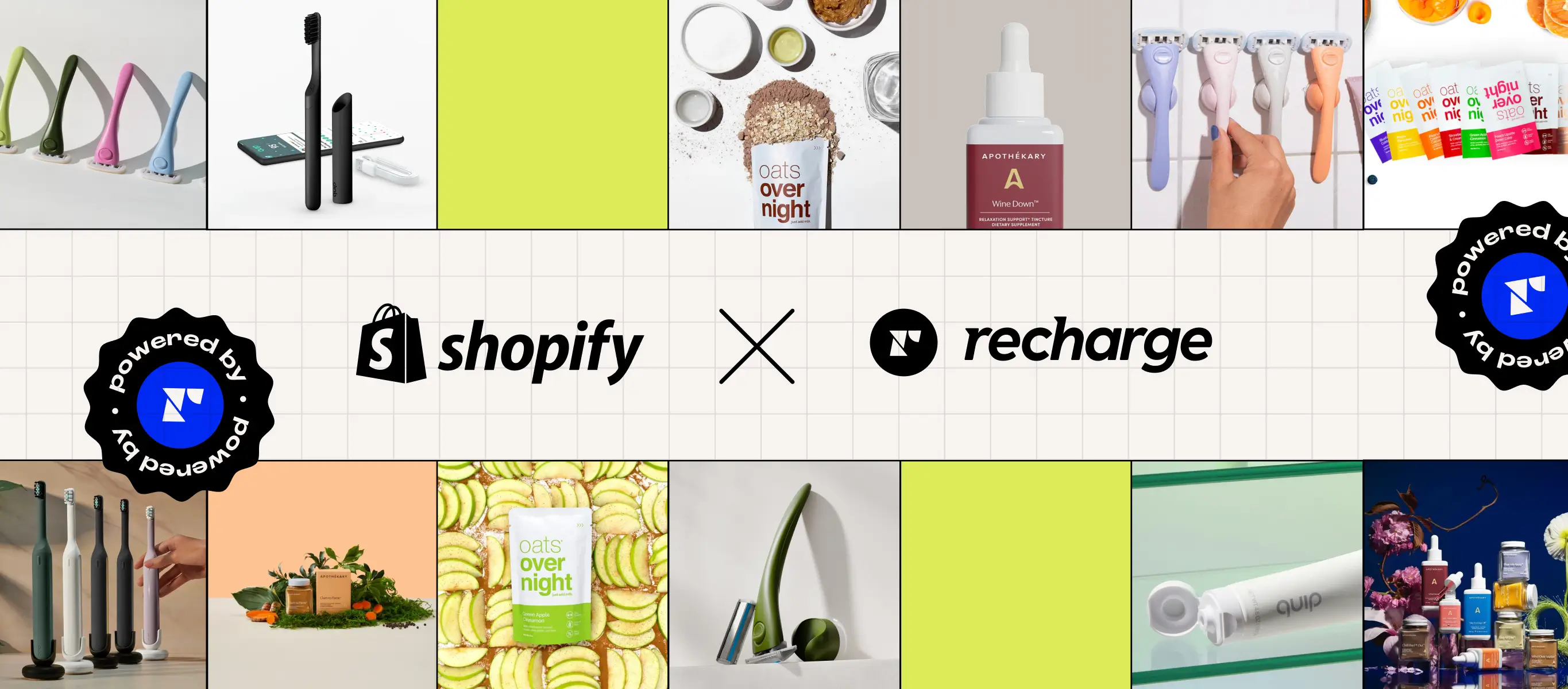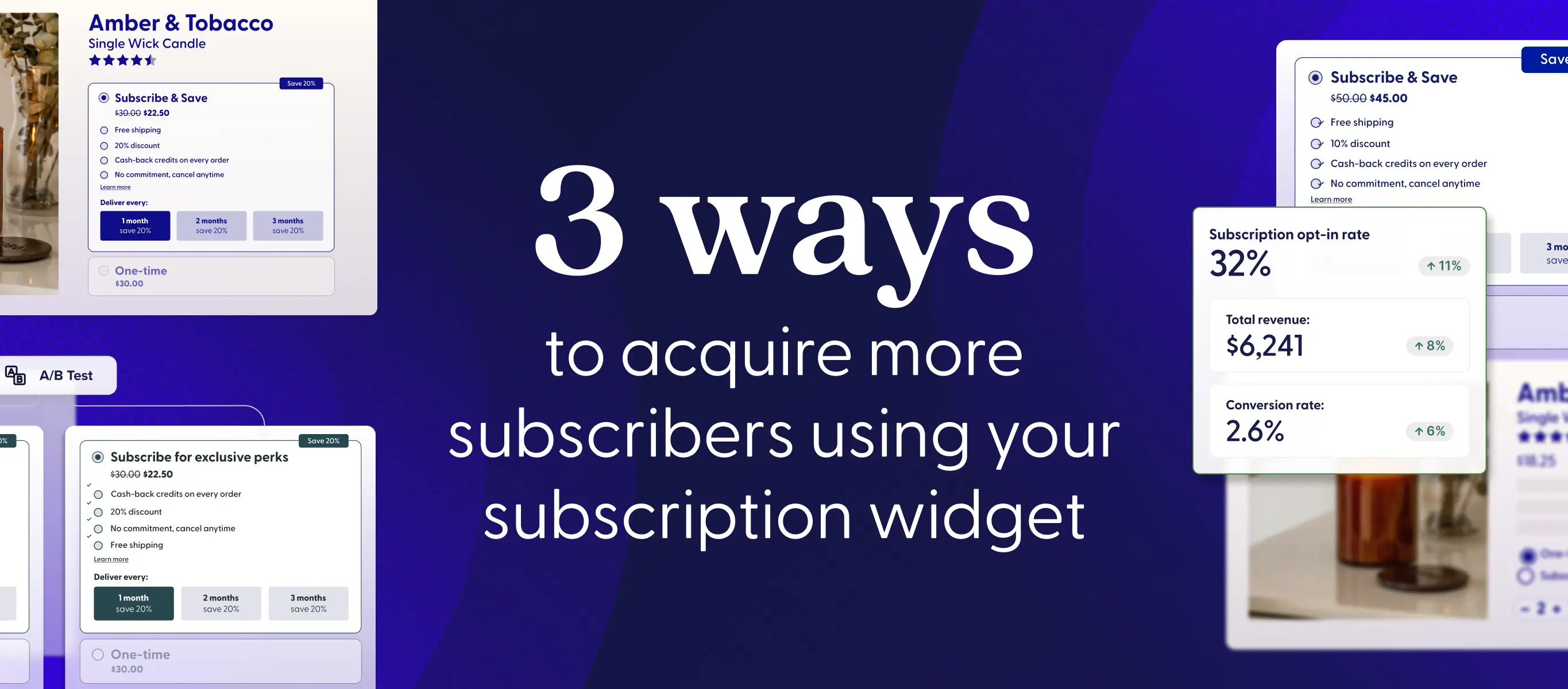Customer lifetime value (LTV) is one of the most important metrics for any ecommerce business to consider. However, to gain deeper and more actionable insights on profitability and viability, it’s crucial to consider LTV in the context of other metrics, such as customer acquisition cost (CAC).
In this post, we’ll explore why the LTV:CAC ratio is so significant for DTC ecommerce brands, and cover key strategies for optimizing it.
Key takeaways
- CAC and LTV are crucial metrics individually—but paired together, they offer a more holistic view into the health of your ecommerce business.
- To assess your profitability, it’s important to regularly calculate your LTV/CAC ratio and measure it over time, identifying patterns and outliers in performance.
- To optimize your LTV:CAC ratio, find ways to foster customer loyalty, brand affinity, and word-of-mouth referrals.
The relationship between customer lifetime value & customer acquisition cost
LTV measures the amount of money your average shopper spends over their entire customer relationship with you, while your CAC measures the average amount your business spends to gain a new customer.
Picture these two metrics on either side of a balance scale. While having a high LTV is important, it also needs to be relatively higher than your CAC. Your goal is to have LTV outweigh CAC as much as possible to ensure that more money is being brought into the business by your existing customers than is being spent to acquire new customers.
In other words, looking at just one metric or the other misses a crucial piece of context that helps tell the full story of your brand’s profitability. By tracking this ratio over time and taking steps to optimize it effectively, businesses can:
- Maximize profitability
- Improve the customer experience
- Sustainably grow and scale
- Optimize their approach to product development
- And more
Generally speaking, having an LTV:CAC ratio of at least 3:1 is recommended for ecommerce businesses.
Factors that impact your LTV:CAC ratio
To understand the forces that impact your LTV:CAC ratio, it’s important to consider the variables that affect each metric individually. After all, there are a vast number of potential strategies to optimize your LTV:CAC ratio, and choosing the right ones all depends on the issues you’re facing.
Factors that impact LTV include:
- How frequently your customers purchase from you
- Whether or not you operate on a recurring business model
- How high your customers’ average order value is
- How long your customers stay with your business
- Your average revenue per customer
Meanwhile, factors that impact CAC include:
- Your marketing and sales expenses
- Advertising costs
- Support costs
- Production costs
6 strategies to optimize your LTV:CAC ratio
Now, let’s dive into specific strategies you can use to optimize your LTV:CAC ratio. Depending on your business needs and performance trends, you may find that some or all of these strategies are a fit for your brand.
Regardless of the strategies you choose, it’s important to calculate your LTV:CAC ratio consistently, analyzing it over time. This way, you can more effectively assess whether the strategies you’re testing are working, and identify any new successes or issues in performance.
It can also be helpful to benchmark your LTV, CAC, and LTV:CAC ratio against industry standards to see how your performance compares to your competitors.
1. Launch recurring purchase options to increase LTV
Recurring purchase options, such as subscriptions and paid membership programs, offer built-in ways to keep customers with your business over time. The key is to identify which options are best suited for your products and customer base.
- Do you offer items that are consumed or used up regularly? If so, subscriptions may be the best fit for your store.
- Is there a subset of your customer base that is interested in paying a fee for access to extra benefits, like discounts and exclusive content? If so, you may want to consider a paid membership program.
Many brands even choose to offer both subscriptions and membership programs alongside each other. This allows them to tap into multiple streams of recurring revenue, increase LTV, and offset marketing costs—and, in turn, improve their LTV:CAC ratio.

2. Cultivate community to increase retention & word-of-mouth referrals
Thoughtful community building offers a wealth of benefits for ecommerce merchants that can improve the LTV:CAC ratio. Brand communities boost loyalty among existing customers, leading to more purchases, higher LTV, and better retention—but the benefits don’t end there. They can also turn regular customers into brand advocates who are more likely to spread the word about your brand and recommend you to friends and family. These word-of-mouth referrals can be especially powerful in reducing your customer acquisition costs and attracting the most profitable customers to your business.
When building brand communities, focus on areas where you can deepen your engagement with your customer base. For example, you may consider launching an online community forum, where customers can converse with each other and with your brand about various topics related to your mission.
3. Cross-sell & upsell to increase LTV
Personalized product recommendations are key for increasing the value of your customers’ orders, improving the customer experience, and introducing them to new items they may be likely to purchase again. The goal is to tailor your recommendations to your individual customers as much as possible.
Cross-selling and upselling are both natural pairings for subscription brands, as they allow you to offer your customers upgrades to their existing orders or additional products to pair with them. When these recommendations are personalized effectively, your customers may be more willing to purchase these items again and even consider buying them as a subscription, increasing your LTV.

4. Provide a smooth checkout process to reduce churn
Reducing your churn is a key strategy for increasing LTV and maximizing your revenue. And key to preventing your customers from churning is providing a smooth and seamless checkout process.
To provide the best possible checkout experience for your customers, consider the following tactics:
- Consider one-page checkouts for a quicker experience
- Ensure fast page loading speeds
- Enable customers to purchase in multiple currencies
- Offer multiple payment options for added flexibility
- Clearly communicate any shipping costs before checkout to avoid unexpected surprises
5. Consider referral programs to reduce your CAC
Like brand communities, referral programs are an excellent way to spread brand awareness and acquire customers through your current shoppers. Over time, a well-built referral program will offset or reduce marketing spend for your business.
Encourage your current customers to refer your brand to others with benefits such as:
- Product discounts
- A free gift
- Points earned toward future purchases
- A free upgrade to a more premium version of their subscription
6. Invest in content marketing for sustainable business growth
For healthy, long-term business growth, content marketing is a key area of focus for DTC ecommerce brands. This strategy focuses on providing your customers with relevant, engaging content that enhances the value of your brand, product, and services—and it can pave the way for increased LTV and greater brand awareness.
To use content marketing to optimize your LTV:CAC ratio, focus on building out a holistic content strategy for both attracting new customers and adding value for your current customers. Types of content to consider include:
- Web pages that are optimized to rank highly in search engines based on keywords your target market is interested in
- Educational blog posts that delve deeper into topics related to your mission
- A podcast to entertain your audience, featuring guests that are well-known in your industry
- Social media posts that engage with popular voices in your industry and share relevant topics and ideas with your audience
A properly built content strategy will pay dividends long into the future. What’s more, the success of your content marketing can continue to build over time.
Prioritize your target audience to improve your LTV:CAC ratio
These days, acquiring customers is becoming more and more expensive, which can cause your profitability to suffer. But by honing in on the strategies that will minimize your CAC while maximizing your LTV, you can create outstanding customer experiences that keep shoppers returning to your business.
Regardless of the strategies you use, be sure to calculate customer acquisition cost, lifetime value, and LTV:CAC ratio over time, analyzing the effectiveness of any strategies you use to improve your efforts consistently. And for the most powerful approach, pair well-matched strategies together for even more impact and higher customer satisfaction.



